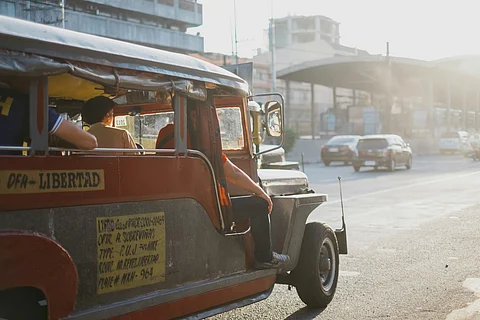
- NEWS
- the EDIT
- COMMENTARY
- BUSINESS
- LIFE
- SHOW
- ACTION
- GLOBAL GOALS
- SNAPS
- DYARYO TIRADA
- MORE

Metro Manila traffic. Can anything be more insufferable?
The big city’s perennial traffic problem is the worst in the world, at least per last year’s TomTom Traffic Index.
According to an assessment conducted in 2017 by the Japan International Cooperation Agency, traffic congestion in Metro Manila alone was expected to cost P3.5 billion per day in 2017.
Left unchecked, this was expected to increase to P5.4 billion per day by 2035.
The deteriorating status of public transit contributed to an increase in the use of private automobiles, which, in turn, increased urban road congestion.
The Philippines ranks sixth out of 10 Asean nations in terms of foreign direct investment inflows in 2021 and 2022, a reflection of the country’s struggles to draw in additional capital and provide employment due to high transport costs.
Factor in greater risks of road accidents, air pollution and global warming, which are increasingly linked to traffic congestion.
Promoting a modal shift from private to public transportation is a shared objective of JICA and the Philippines transport Department.
To realize this, JICA and the Philippine government a new three-year technical cooperation project is in the works to raise the standard of service for fixed-route PUVs: buses, jeepneys and UV Express services.
The creation of multimodal transport hubs, efficient route design and enhancing fixed-route PUV convenience will also receive technical support.
Sakamoto Takema, JICA chief representative, restated the organization’s “full cooperation to realize modernized ‘Japan-quality’ public transport systems in the Philippines.”
The partnership is a component of JICA’s official development aid strategy plan, which improves public transport in the country by implementing additional hard infrastructure development, such as the Metro Manila Subway Project, North-South Commuter Railway Project, Capacity Enhancement of LRT Lines 1 and 2 and Rehabilitation and Maintenance of MRT3.
Soft-component development, which links station area development with urban development to create a more vibrant and livable city, is another aspect of JICA’s ODA funding.
It also encourages effective coordination between main railway lines and feeder services.
